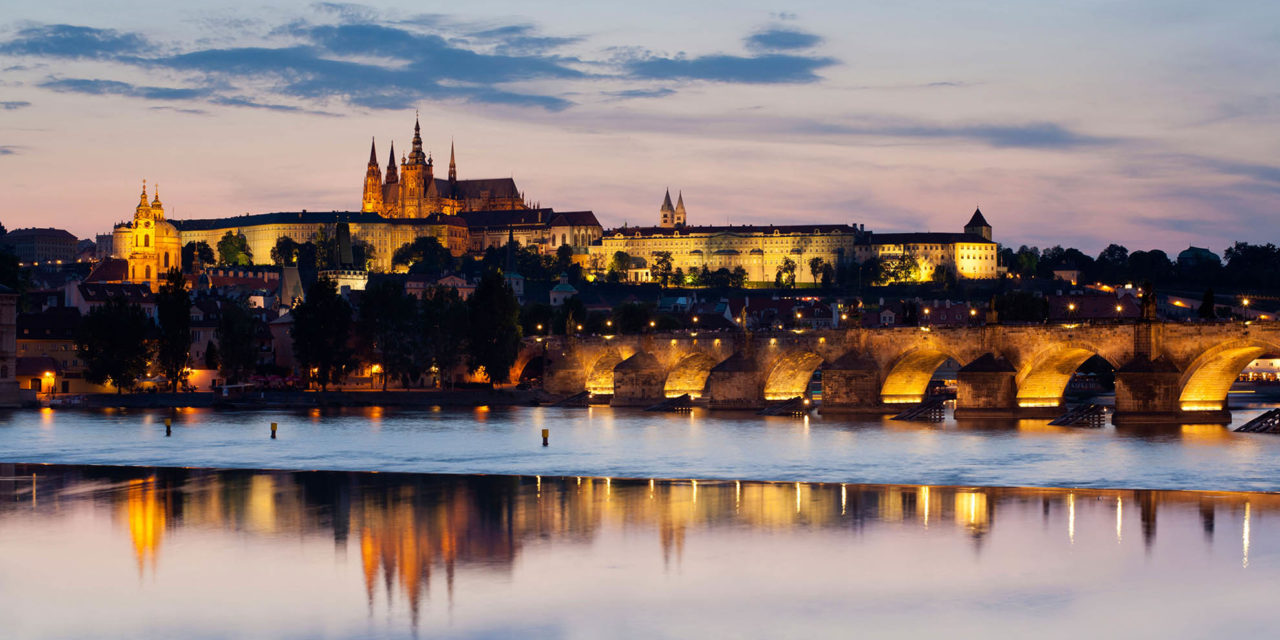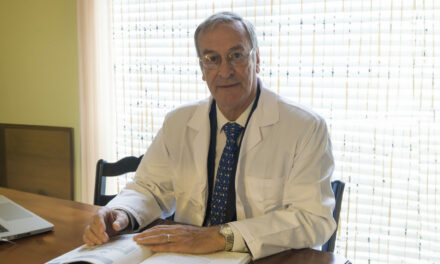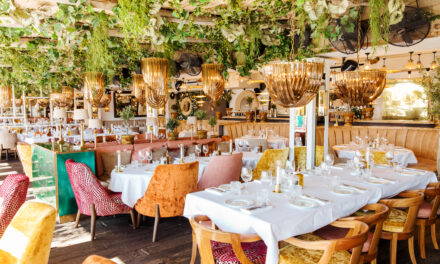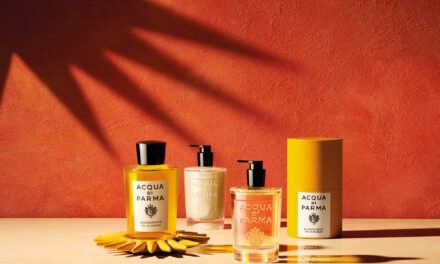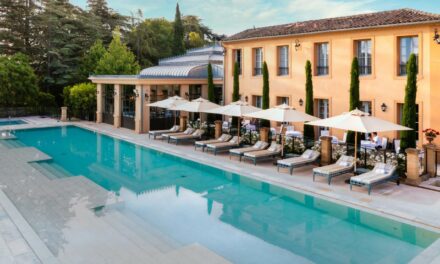Europe’s golden city
Four Seasons Hotel, with gorgeous river views of Prague castle and the Vltava River, interweaves centuries of remarkable history and architecture in the heart of Europe’s golden city.
On a cold spring day that had ranged from drizzly to intermittent downpours, the lovely Four Seasons Hotel in Prague was a welcome refuge. Colourful and creative floral displays separate the entrance foyer from the comfortable seating in the lobby, where the ubiquitous coffee and pastries are served. More flowers were as bright as the smiles at the attentive reception desks. Modern construction unites the diverse architectural styles of three historic buildings, from the Baroque era to the neoclassical to modern day that are incorporated in the hotel, which opened in 2001 on the banks of the Vltava River, next to the Charles Bridge.
A room with a view
The English-language newspapers and a well-chosen selection of Czech literature on the desk made the comfortable armchair and ottoman by the windows in the large, high-ceilinged bedroom even more inviting. Provisions for tea and coffee, supplemented by filled wafer cookies—originally baked in the same forms as communion wafers by an enterprising monk—were further incentive to browse volumes by Vaclav Havel, the poet-president who led the Czech Republic in its transition from Communism to democracy; and Milan Kundera, best known for The Unbearable Lightness of Being. I chose Love and Garbage by Ivan Klíma, who along with his parents had survived internment at Terezin and rejected exile to embrace his country’s tumultuous political path, and tumbled into a nightmarish world, similar to that of Franz Kafka, but transformed with wry humour. Klíma became the second writer (after his friend Philip Roth) and first Czech to be awarded the Franz Kafka Award (Vaclav Havel was the second Czech recipient in 2009).
The world’s most beautiful library
Located directly across the street from the Four Seasons Hotel, the Klementinum (Clementine) monastery complex was my first stop in touring Prague.
Although many European cities are besieged by tour groups, only individuals are allowed on the guided, English-language tour of the Klementinum, which visits the astronomical tower for splendid views, as well as the library. Following this bibliophilic theme to Strahov Monastery revealed two more panelled rooms for books surmounted by painted ceilings and surrounded by an eclectic Cabinet de Curiosités (or Wunderkammer)—look for the narwhal tusk, once identified as a unicorn horn.
Dodging crowds
The Four Seasons offers a seasonal selection of activities designed to allow their guests to appreciate Prague on a different level than mass tourism. I thoroughly enjoyed an hour on a private boat with a couple from Sydney and a liveried captain pouring Prosecco wine and sharing anecdotes about the city’s history and architecture visible from the river. For a similar behind-the-scenes perspective on Prague Castle, which includes architectural elements from several centuries, all obscured by crowds, I recommend that visitors focus on the Lobkowicz Palace within the castle complex. The current, Boston-born Prince Lobkowicz, who recovered his family’s domains thanks to the Velvet Revolution, a half-century after his grandfather was exiled as a ten-year-old, proves an affable guide, not only recounting recent history but bringing to life the cultural contributions of his ancestors, who are depicted in numerous portraits. There is a Brueghel of note, as well as some eighteenth-century views of London by Canaletto, purchased from the artist by an earlier Prince Lobkowicz during his three-year residency in that city.
It was the seventh Prince Lobkowicz’s philanthropy and taste that left the greatest legacy: in appreciation for his no-strings-attached honorarium, Beethoven dedicated his Eroica and Pastorale symphonies to his patron. In addition to seeing Beethoven scores and period instruments in the galleries, guests are invited to enjoy a midday classical concert in the seventeenth-century baroque music room. It’s such a civilized and special evocation of Prague as a cultural centre, that if you are loathe to leave, retire to the cafe terrace and listen to the current Prince’s family members identify local landmarks in the panoramic view (also accessible from one story above, within the castle tour). Strolling through the castle gardens, which had bedecked the northern terraces with peonies, tulips, and lilacs in spring, is another pleasant transition back to the present, teeming city.
Ava Spa
Guests at the Four Seasons can prolong their serenity with a visit to its little gem of a spa, available free of charge—although massages and other treatments, available for a fee, would further enhance the experience. This calming environment wasn’t built for crowds: the hydrotherapy pool is 8 meters in length, with four lounge chairs and four arm chairs flanking it. But I only crossed paths, briefly, with one couple during the two restorative hours that I enjoyed its facilities. Controls to activate the “bubble bed,” which will pummel tired bodies all over with little bursts of oxygen, or focus powerful jets on aching feet, calves, or thighs are mounted on the wall inside the pool: search them out for a special treat! A sauna and steam room, located within the ladies dressing room, along with rainforest shower and luxurious beauty products, complete the indulgent experience.
These intelligent amenities at the Four Seasons Hotel transform the visitor’s experience of Prague, infusing its lively scene with its refined past.
By Letitia O’Connor

